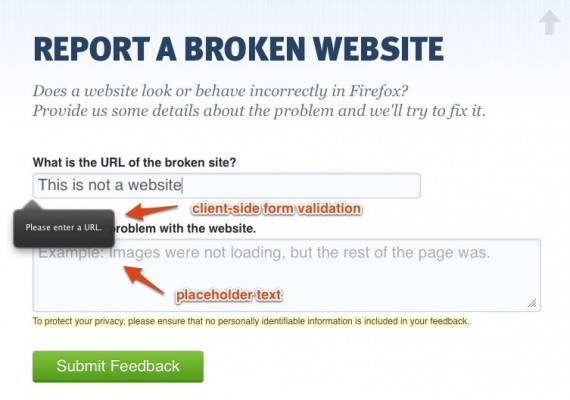As some of you may know, lately, I've become more interested into photography again. I've been taking pictures on and off, especially when traveling, and of special events. But I haven't been actively working on improving my technique for a while.
Enter JP and morgamic, whose excellent pictures (and perhaps some lens envy) kept inspiring me to get out my camera over and over again. Just recently, I also started filling the gaps in my lens collection: I now have the ability to take pictures anywhere between 14 and 200mm focal length (before the crop factor), dramatically widening the range of pictures I can take.
So what better than a little photo project to keep the ball going? I came across Project 365, whose premise is simple: For a full year, take a picture every day and share it with your audience. All right, I'm in!
All other rules you get to pick yourself, with some people also suggesting to create some "anti-rules" as to be realistic and keep it a fun and achievable project, so here we go:
- I'm going to do my best to take a photo a day, and upload (and blog) it somewhat close to the time I am taking it.
- If I take a bad photo, I won't beat myself up about it.
- This includes cell phone pictures. In fact, limitations of the equipment are probably what makes this even more fun to do.
- If I really didn't take a picture one day, I'll fill in one from my archive. Or improvise. We'll see!
My personal goals are to increase my knowledge of photography and my ability to take good pictures -- not only with expensive equipment. So I'll try to flip settings on and off, apply filters, get closer, move further away, crop, or distort my pictures, hoping to find new and exciting ways to display reality.
Feel free to follow me on my journey, and don't be shy to comment, both positive and negative, on the photos I take.
Oh, and if you are a photographer yourself, feel free to join in on the fun! Any questions?










